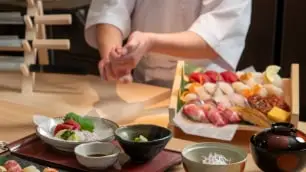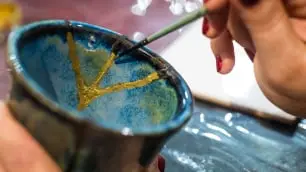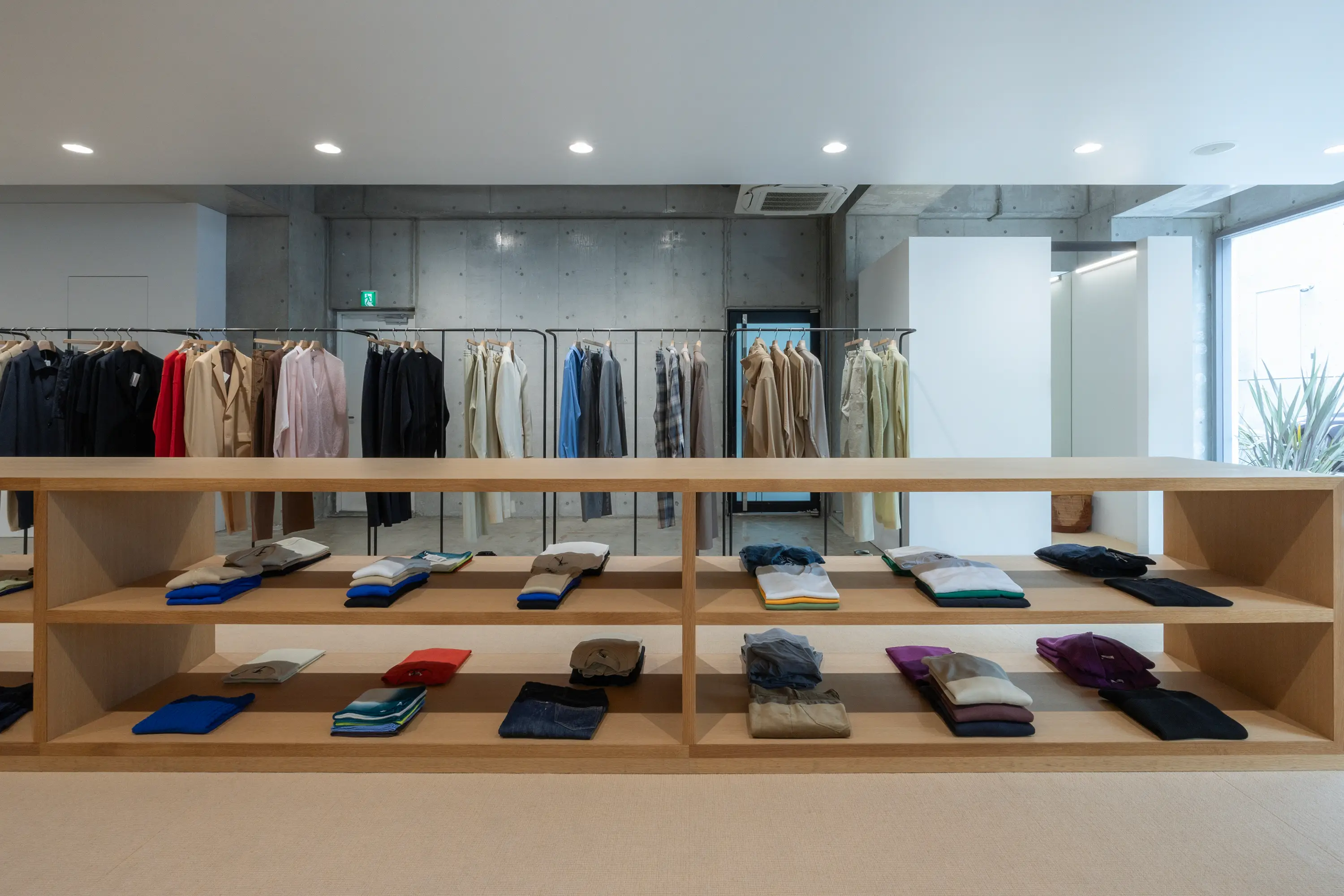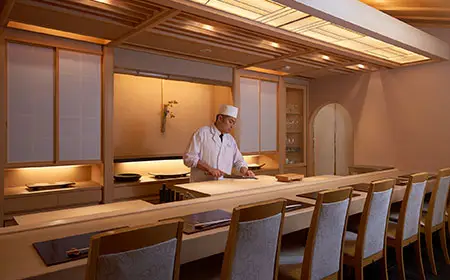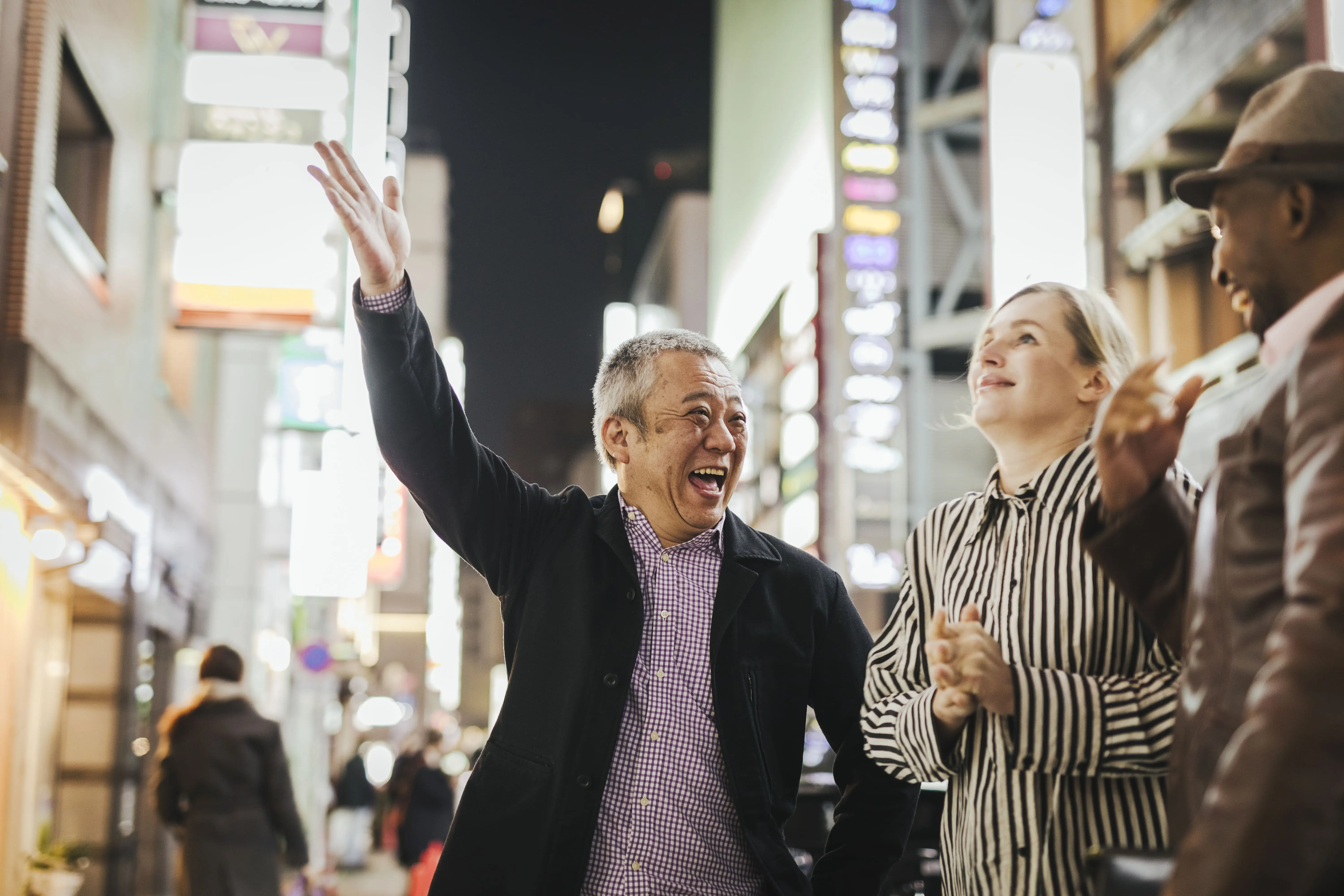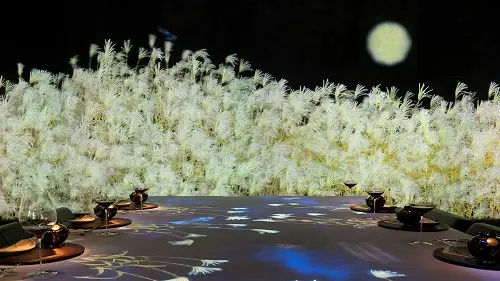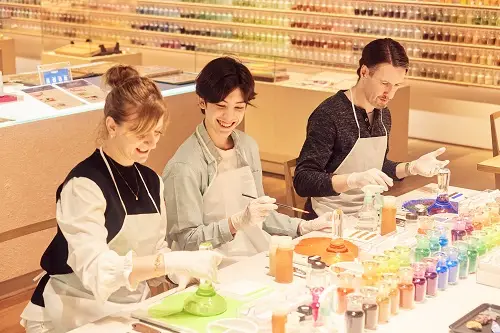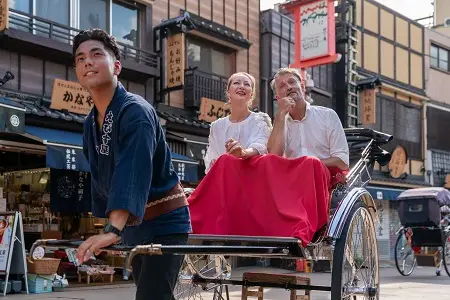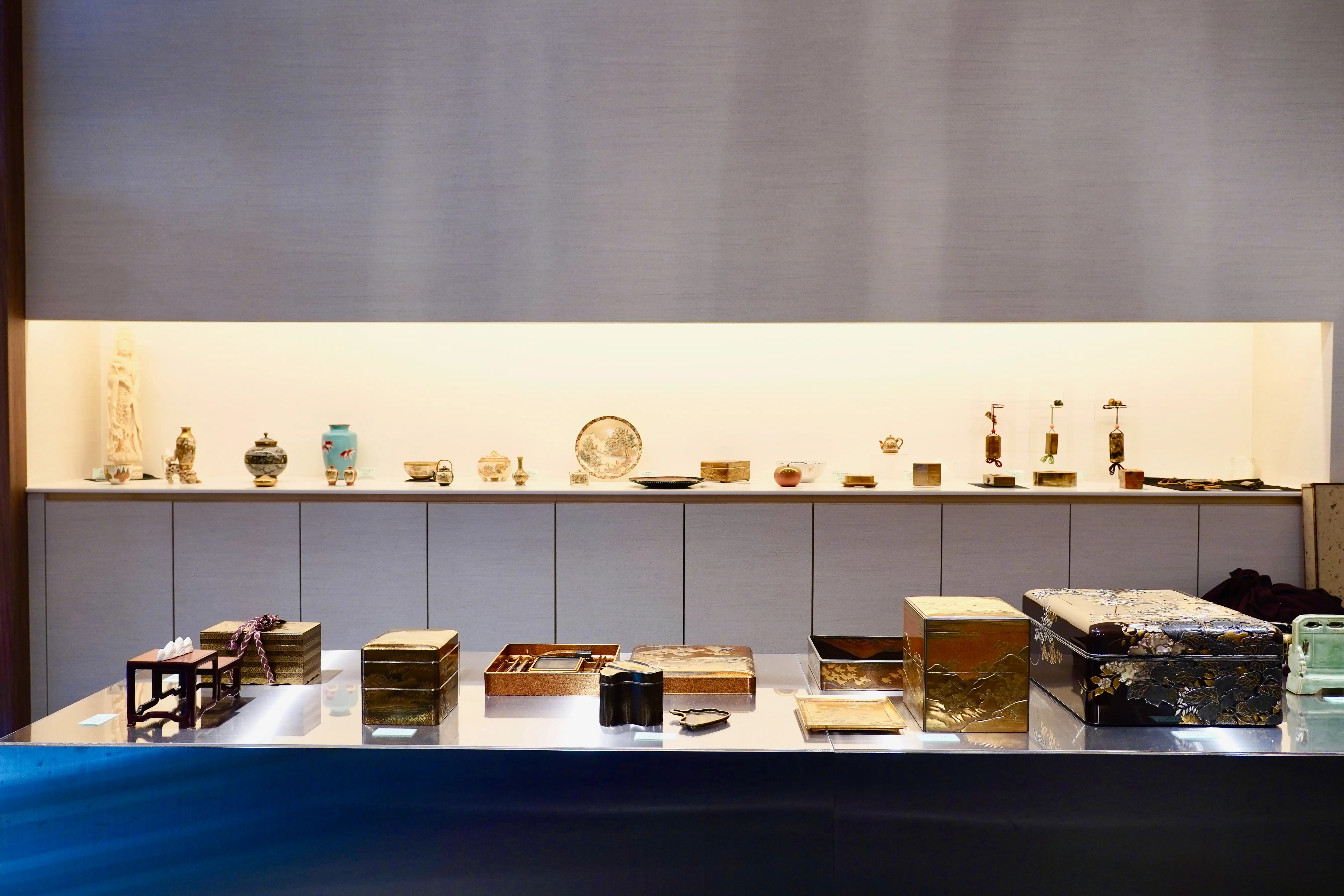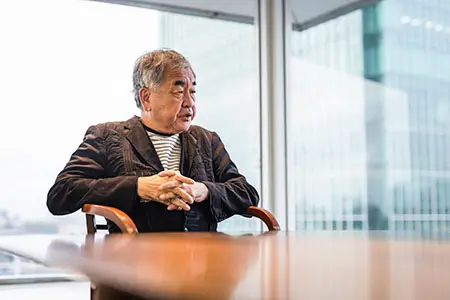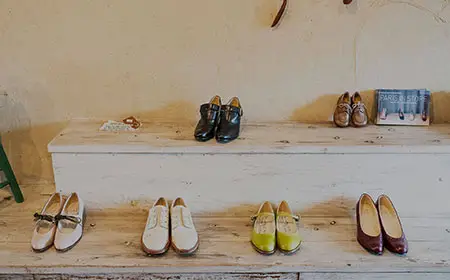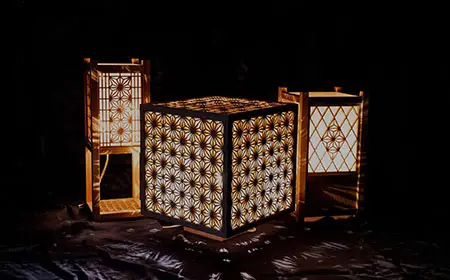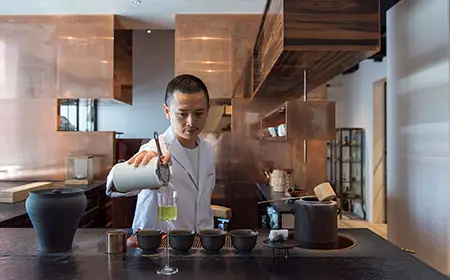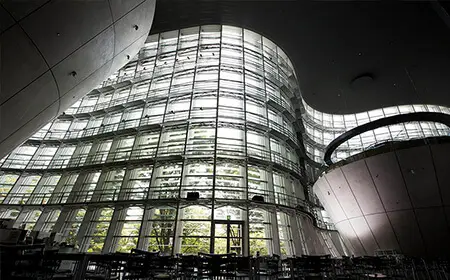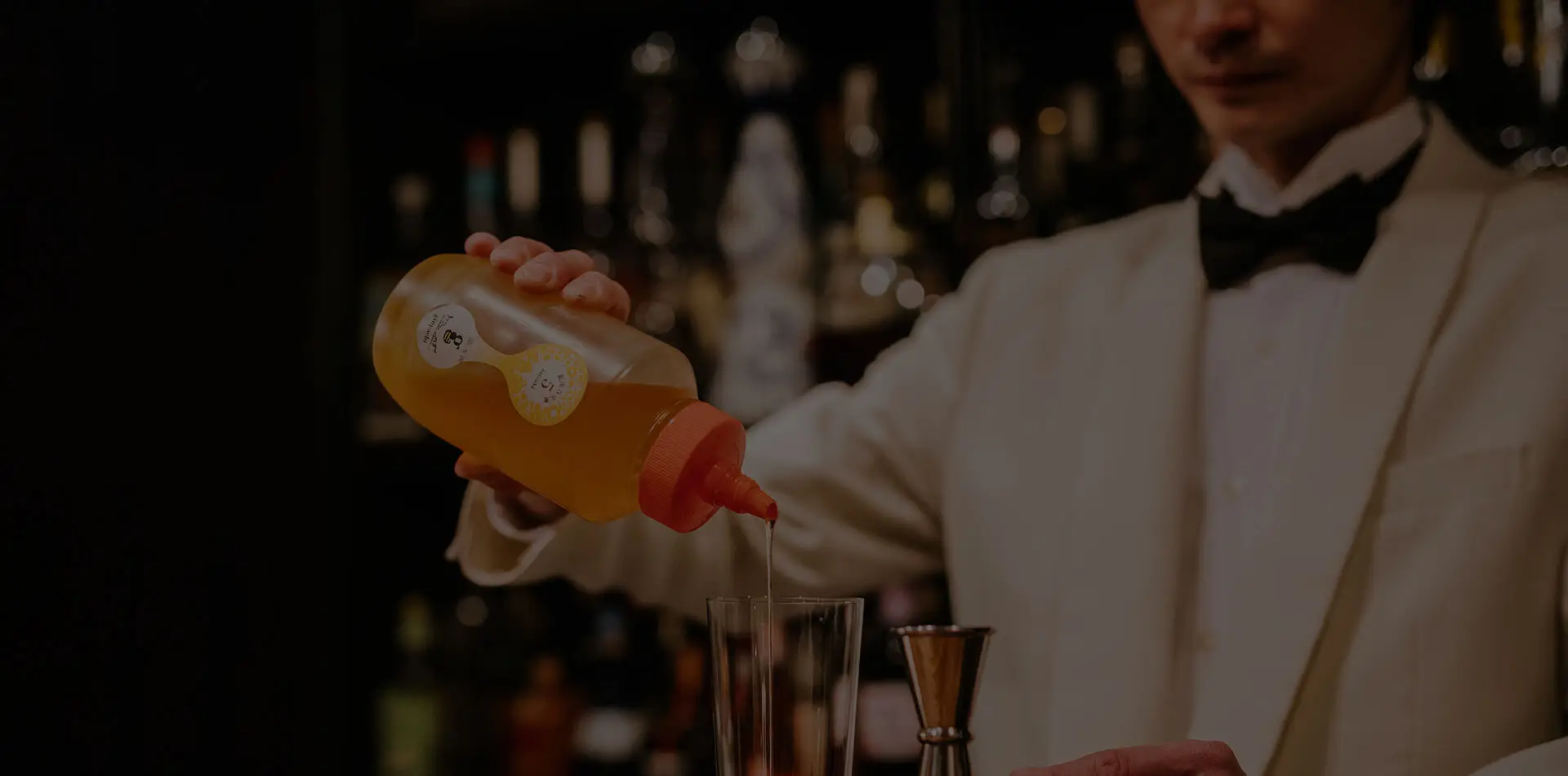
BUZZING WITH TASTE: THE JOY OF HONEY MADE SUSTAINABLY
Decadence meets farm-to-table sensibilities in Tokyo's upscale Ginza district, courtesy of artisanal urban apiary Ginpachi. Indulge in a honey cocktail with a tale to tell at the flagship bar of a world-champion mixologist, or see for yourself the sanctuary of Ginza's rooftop beekeepers, who bring new life to the city and authentic, sophisticated flavors to local tables.
At BAR Hoshi, in the heart of Tokyo's popular shopping and dining district of Ginza, bartenders are passionate about serving only the best cocktails using the finest ingredients. That's why they choose honey made in Ginza, to offer patrons a truly farm-to-table drinking experience.
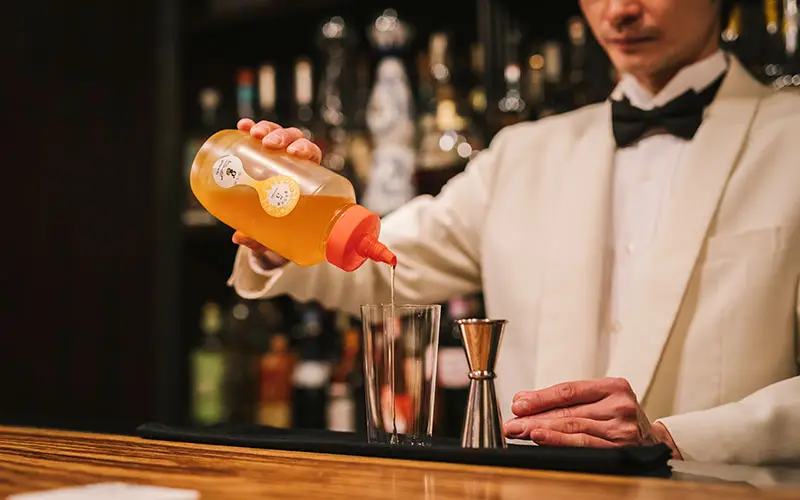
On the evening of our visit, the bartender carefully pours the honey into a tall glass, adds Japanese whiskey, and stirs until the two are combined, before adding giant ice cubes, soda water, and a sprig of mint. The result is a delicious honey highball - with a low carbon footprint.

This artisanal honey is harvested mere steps away, on the rooftop of a building, by the not-for-profit organization Ginza Honey Bee Project. Also known as Ginpachi (literally Ginza Bees), the group manages three apiaries in Ginza, a place that they say is an urban paradise for honey bees.
"On a typical journey, honey bees fly up to 3 kilometers to collect nectar before returning to the hive, and we are blessed to be within 2 kilometers of both the Imperial Palace and Hama-rikyu Gardens, so our honey bees are thriving," explains a Ginpachi member as she shows us the honey bee-covered frames.
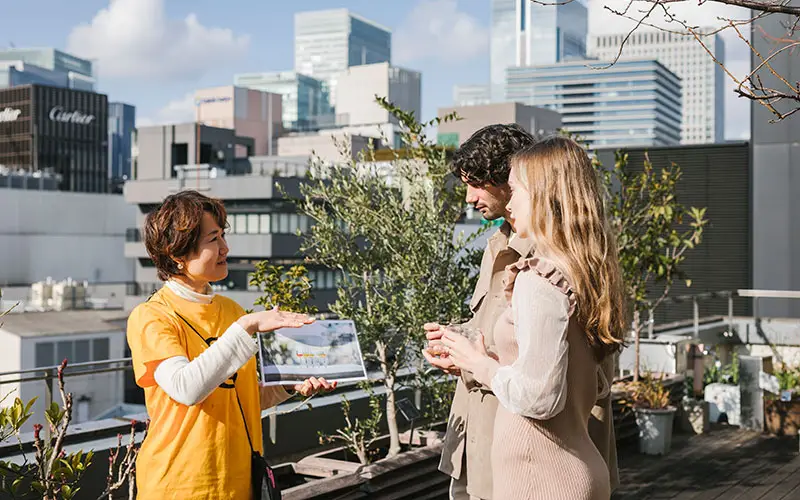
These two popular attractions are oases in the heart of Tokyo, home to thousands of varieties of flowers including 60 kinds of peonies alone. In addition, Ginza's streets incorporate green spaces rich in plant life, while its rooftops feature landscaping and terraces, adding to the honey bees' food sources.
Indeed, from their Ginza rooftop location, the remarkable insects are blessed with flowers year-round. Plum trees are typically first visited annually, in January, followed by canola plants. In March and April, the honey bees are especially busy thanks to the hundreds of pink and white cherry blossoms for which Tokyo is renowned. Later, they move on to red horse-chestnut and tulip trees before turning their attention to lime and pagoda in summer. As the intense heat subsides, blooming camelia and loquat in the fall sustain the honey bees through winter.
The first honey of the season, "sakura honey," is collected in April and has a pale color. Due to its rarity and strong fragrance, it is popular among bartenders. Ginpachi's honey gets progressively darker in color as the months progress. In August, following Japan's rainy months of June and July, less honey can be harvested, resulting in honey of a dark amber color. This "hundred flower honey," encapsulates the rich flavors of honey collected in the summer months in one tasty variety.

Ginpachi's beekeepers manage the hives carefully, not only to collect the optimum amount of mouth-watering honey but also to ensure that the honey bees flourish. Honey is extracted only until the end of summer, allowing the insects to store up food to consume during the colder months.
"We draw on years of experience," says the guide of our beekeeping tour, adding that the organization was founded in 2006 - and quite serendipitously.
The initial plan was for the rooftop to act as a Tokyo base for an established honey maker in Iwate Prefecture, but it fell through when it was discovered that the site was too small for a professional apiary. Inspired to boost Ginza's natural ecosystem nonetheless, a handful of people came together to form Ginpachi and begin making artisanal honey.
Production began with only 150 kilograms of honey in the first year but, more than a decade on, the honey bees are making 1.7 tons of honey annually. In keeping with Ginpachi's goal to support a sustainable society, all the honey produced is sold only in Ginza, as a local, sustainable product.
Consumers love the honey not only for its taste but also for its responsible packaging. The honey is sealed in glass jars, placed into wooden boxes crafted by upcycling scraps of domestic cedar, and sealed with a cardboard sleeve - made by a social welfare corporation - and paper sealing tape.
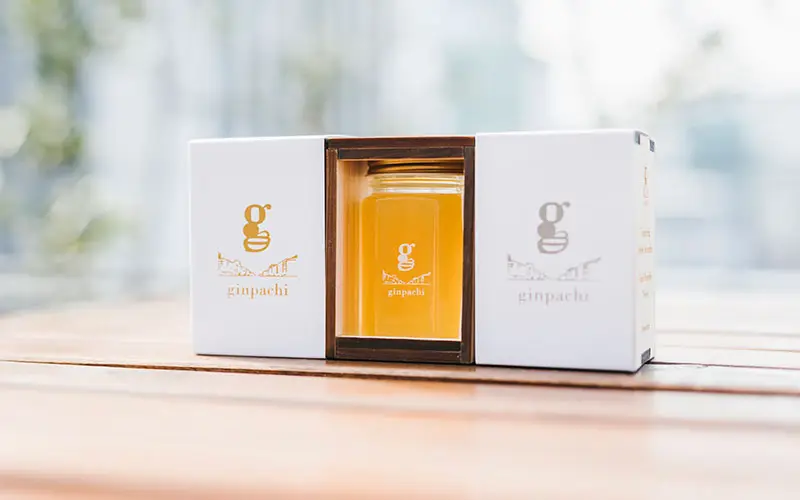
Ginza-based businesses, meanwhile, appreciate the versatile nature of the honey, which they use to create a wide variety of products, including drinks, desserts, and snacks, that are popular with locals and tourists alike.
According to Ginpachi, limiting honey sales to Ginza has stimulated conversations about the environment, prompting people to think about what they can do to support their local ecosystem. As a result, more visitors have come to Ginza to buy honey for themselves or as souvenirs, and businesses have stepped up greening efforts by planting flowers and trees.
These are welcome moves for Ginpachi. Whether hosting a beekeeping tour around its Ginza rooftop or providing honey for the bars in Ginza that serve signature honey highballs, the organization hopes to "connect people and nature." So, if you want to feel in tune with your environment, why not come to the urban center of Ginza and experience it from a different perspective?






